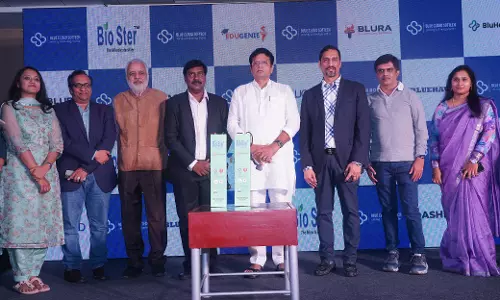Designer clothing that allows to manage electronic devices
For the first time, it is possible to fabricate textiles that can protect you from rain, stains, and bacteria.;

A new addition to your wardrobe may soon help you turn on the lights and music while looking fashionable as researchers have created a new fabric that allows the wearer to control electronic devices through the clothing.
"It is the first time there is a technique capable to transform any existing cloth item or textile into a self-powered e-textile containing sensors, music players or simple illumination displays using simple embroidery without the need for expensive fabrication processes requiring complex steps or expensive equipment," said Ramses Martinez, an assistant professor in the School of Industrial Engineering and in the Weldon School of Biomedical Engineering in Purdue's College of Engineering.
"For the first time, it is possible to fabricate textiles that can protect you from rain, stains, and bacteria while they harvest the energy of the user to power textile-based electronics. These self-powered e-textiles also constitute an important advancement in the development of wearable machine-human interfaces, which now can be washed many times in a conventional washing machine without apparent degradation," Martinez said in the study published in the journal of Advanced Functional Materials.
Martinez said the Purdue waterproof, breathable and antibacterial self-powered clothing is based on omniphobic triboelectric nanogenerators (RF-TENGs) which use simple embroidery and fluorinated molecules to embed small electronic components and turn a piece of clothing into a mechanism for powering devices. The Purdue team said the RF-TENG technology is like having a wearable remote control that also keeps odours, rain, stains and bacteria away from the user.
"While fashion has evolved significantly during the last centuries and has easily adopted recently developed high-performance materials, there are very few examples of clothes on the market that interact with the user. Having an interface with a machine that we are constantly wearing sounds like the most convenient approach for seamless communication with machines and the Internet of Things," Martinez said.


